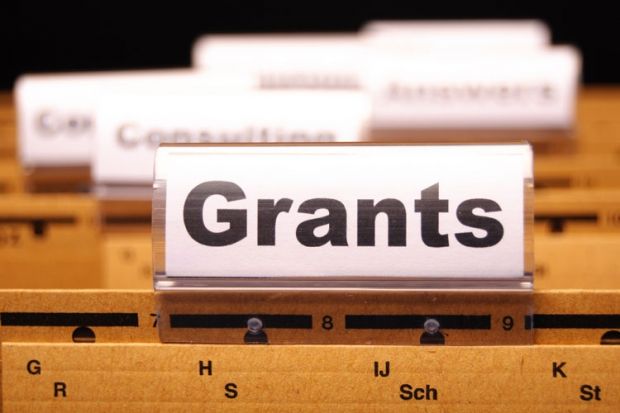Royal Society
Wolfson Research Merit Awards
Awards are worth £10,000-£30,000 a year, which is a salary enhancement
- Award winner: Graeme Ackland
- Institution: University of Edinburgh
Interatomic potentials for oxide – metal interfaces in molecular dynamics
- Award winner: Philip Bartlett
- Institution: University of Southampton
Fundamentals and applications of nanoscale electrodeposition
- Award winner: Jean-Philippe Avouac
- Institution: University of Cambridge
Creep or stick? How faults work and the mechanics of large earthquakes
Leverhulme Trust
Research Project Grants
Sciences
- Award winner: Steven Schockaert
- Institution: Cardiff University
- Value: £118,263
Approximating Markov logic theories in possibilistic logic
- Award winner: Kielan Yarrow
- Institution: City University London
- Value: £216,306
Novel neurometric measures to discriminate models of speeded decision-making
National Institute for Health Research
Health Technology Assessment programme
- Award winner: Peter Hutchinson
- Institution: University of Cambridge
- Value: £1,412,561
Randomised evaluation of surgery with craniectomy for patients undergoing evacuation of acute subdural haematoma (RESCUE-ASDH)
- Award winner: Marta Buszewicz
- Institution: University College London
- Value: £1,030,882
Randomised controlled trial of the selective serotonin reuptake inhibitor Sertraline versus cognitive behavioural therapy for anxiety symptoms in people with generalised anxiety disorder who have failed to respond to low-intensity psychological interventions as defined by the NICE GAD guidelines
- Award winner: Steve Goodacre
- Institution: University of Sheffield
- Value: £688,196
DiPEP: Diagnosis of pulmonary embolism in pregnancy
Economic and Social Research Council
Second Transformative Research Call
- Award winner: Rebecca Marsland
- Institution: University of Edinburgh
- Value: £186,085
Beelines
- Award winner: Lauren Devine
- Institution: University of the West of England
- Value: £160,347
Rethinking child protection strategy: evaluating research findings and numeric data to challenge whether current intervention strategy is justified
- Award winner: Jonathan Halket
- Institution: Institute for Fiscal Studies
- Value: £198,175
Urban dynamics in a complex world: the spatial dynamics of housing
In detail

Award winner: Guido Orgs
Institution: Brunel University
Value: £196,715
Synchronous movement cooperation and the performing arts
The study aims to provide insight into the role that dance and the performing arts fulfil in modern society. Guido Orgs will teach groups of people to move in synchrony and assess cooperation and sympathy between performers and observers. The team will also carry out neuroimaging experiments to link aesthetic pleasure derived from observing and participating in collective human movement to specific brain mechanisms.

